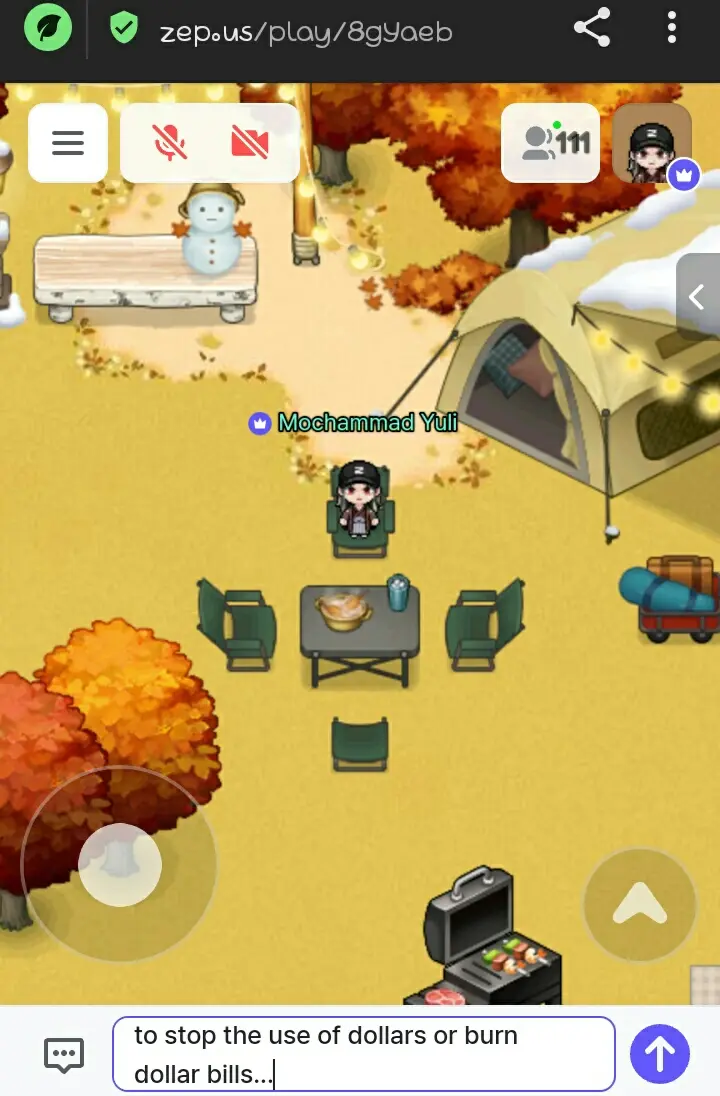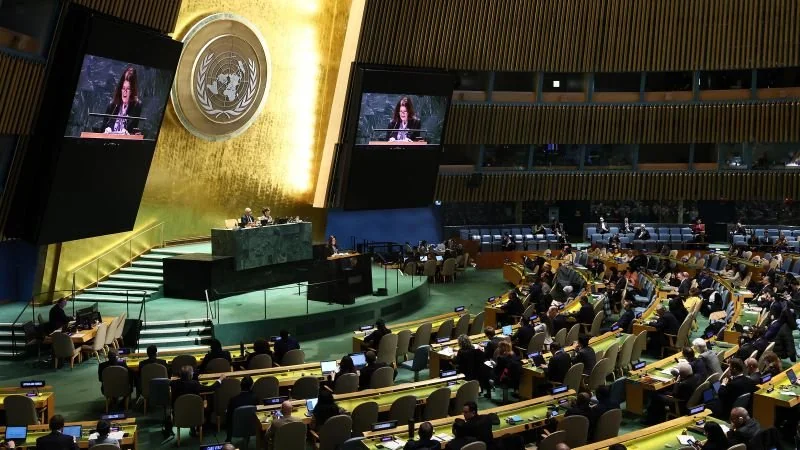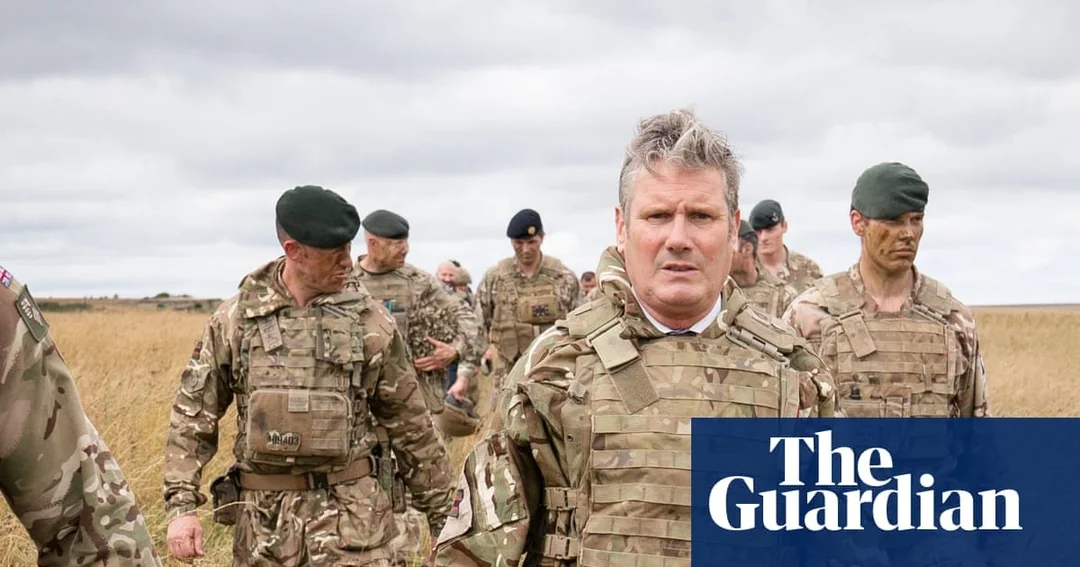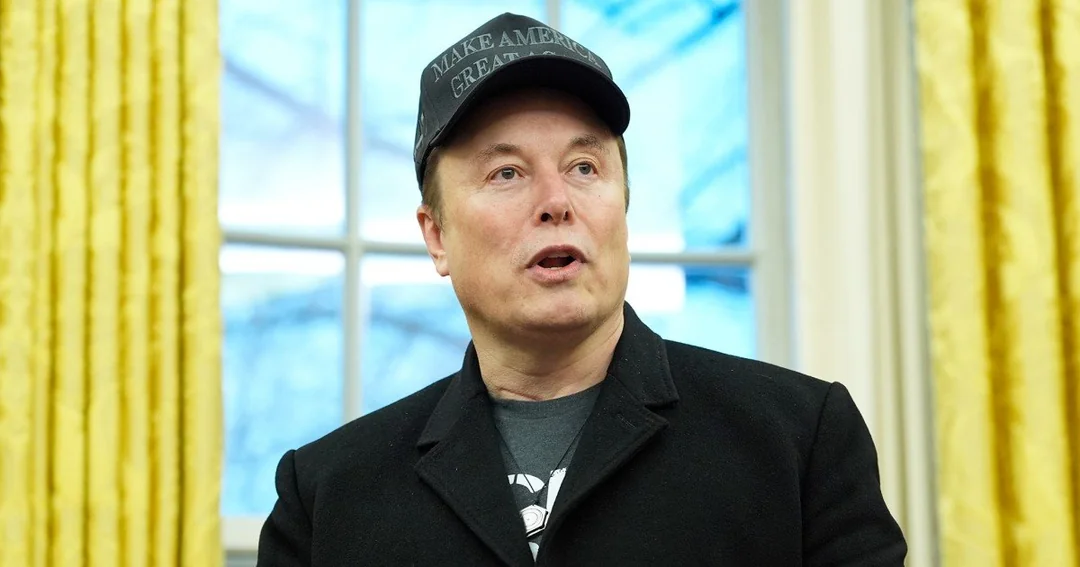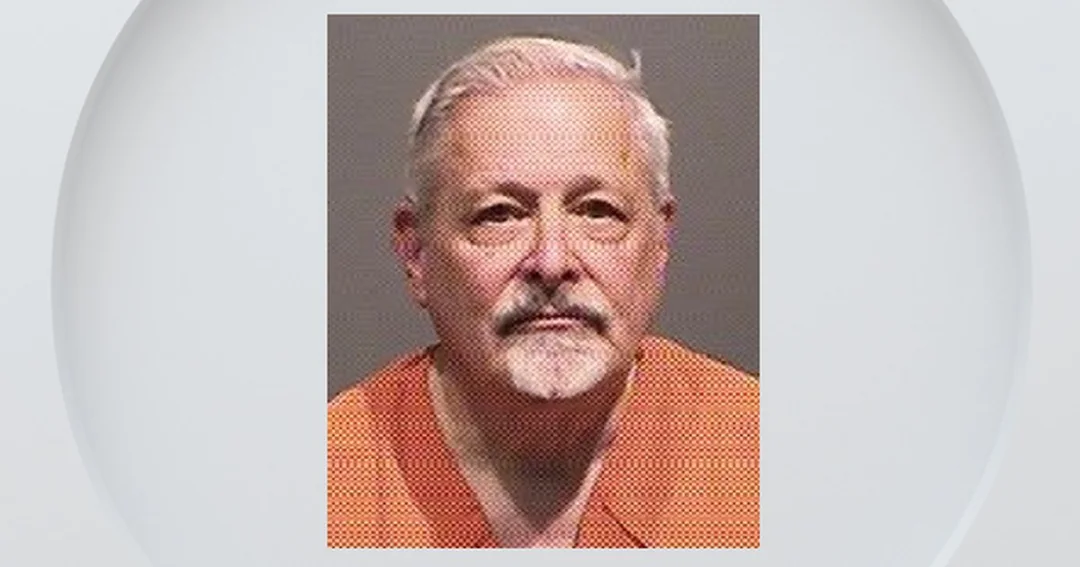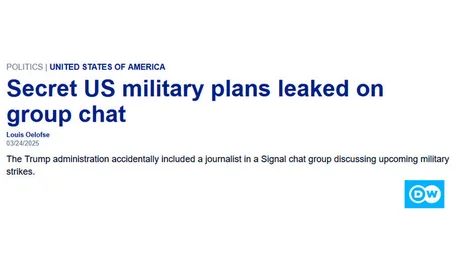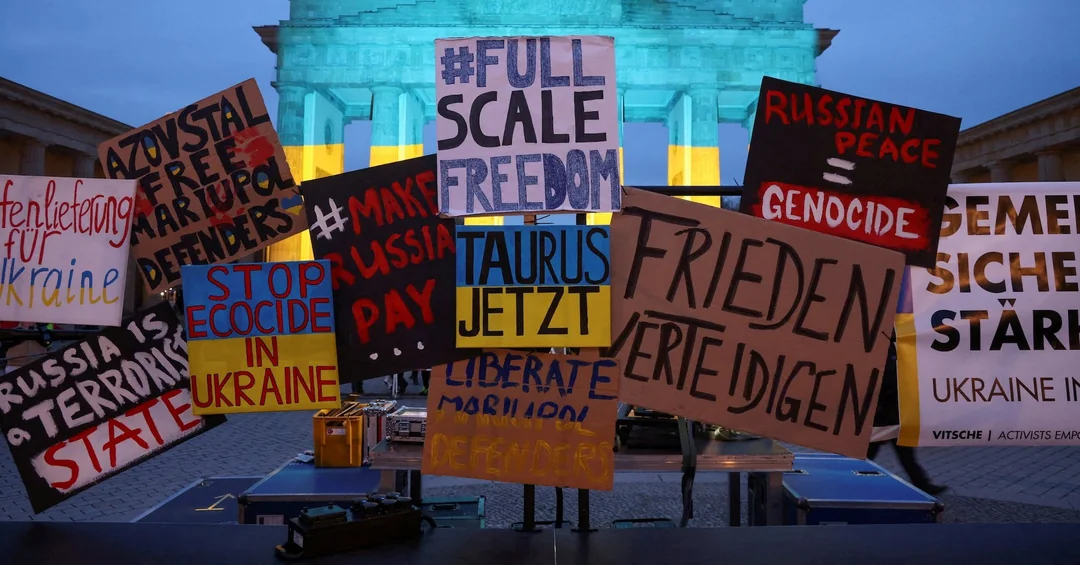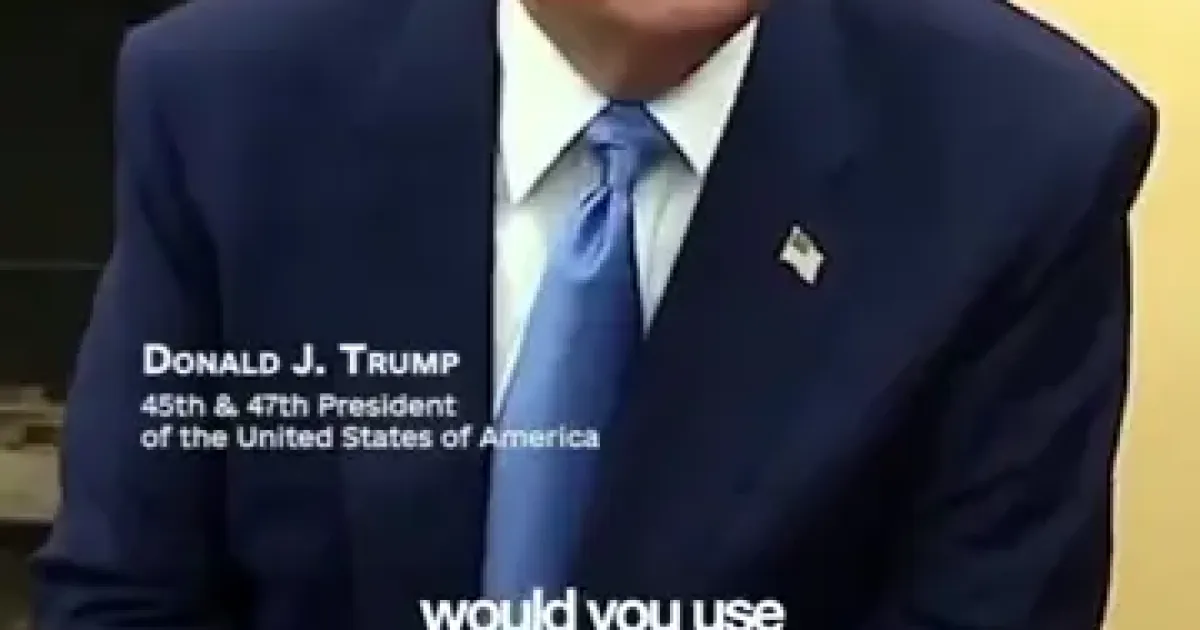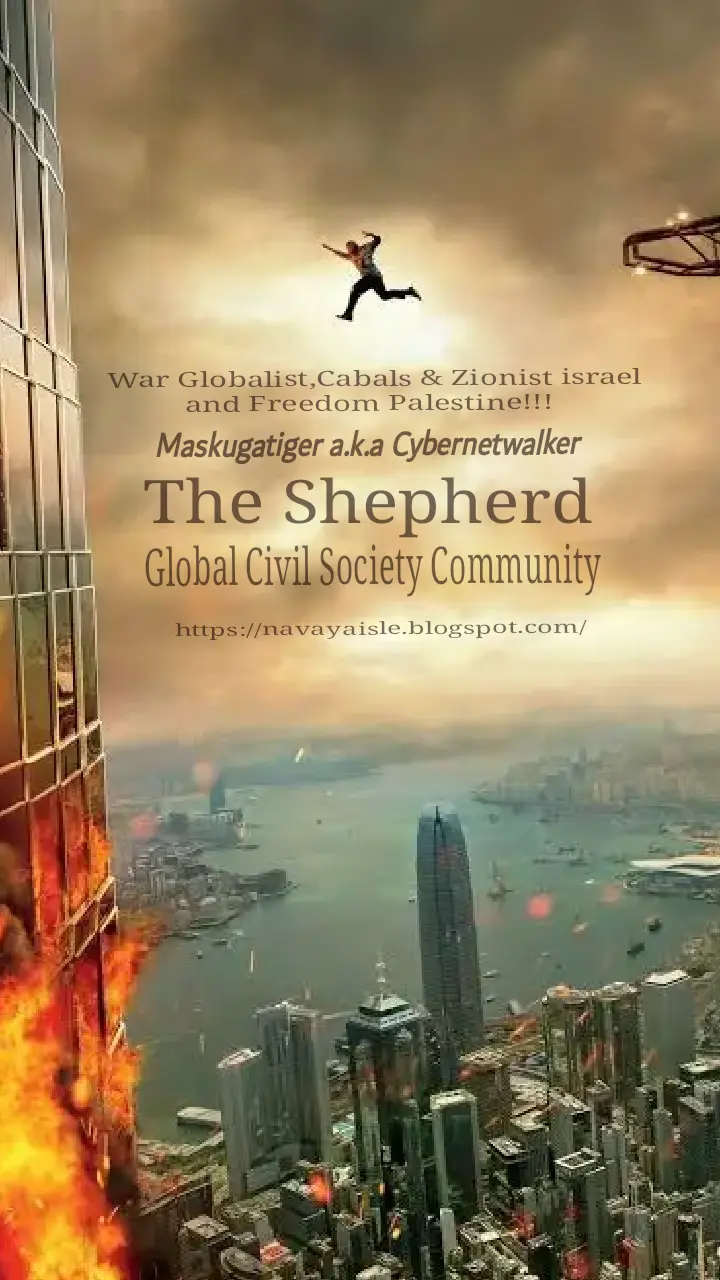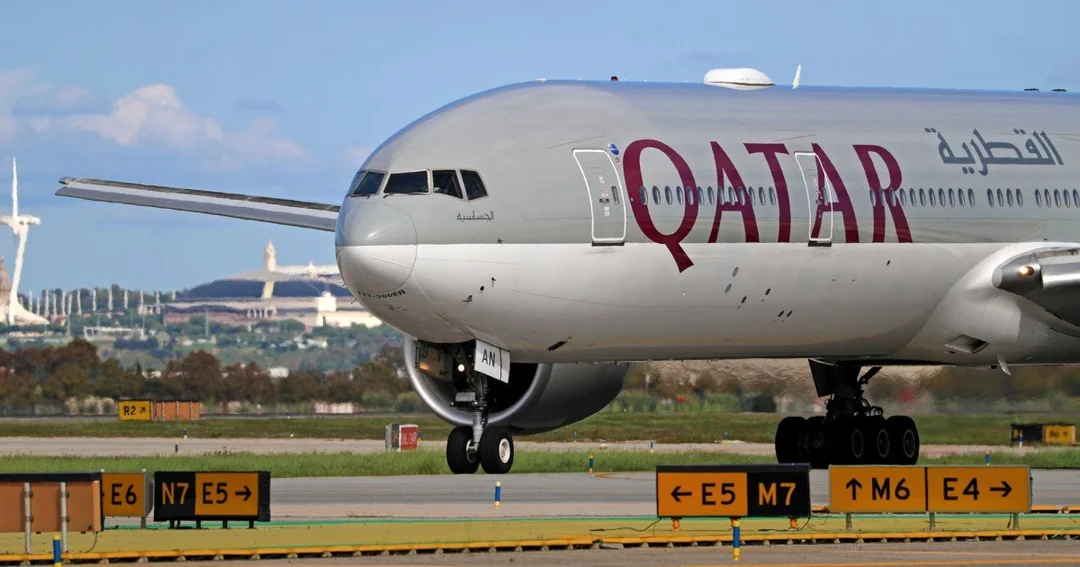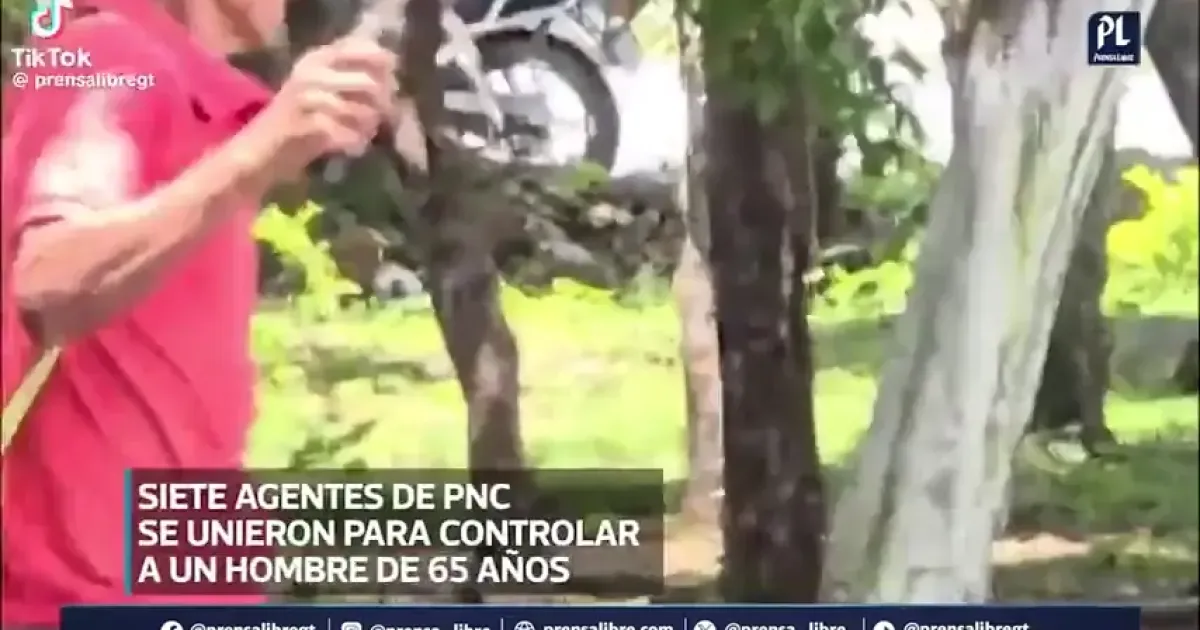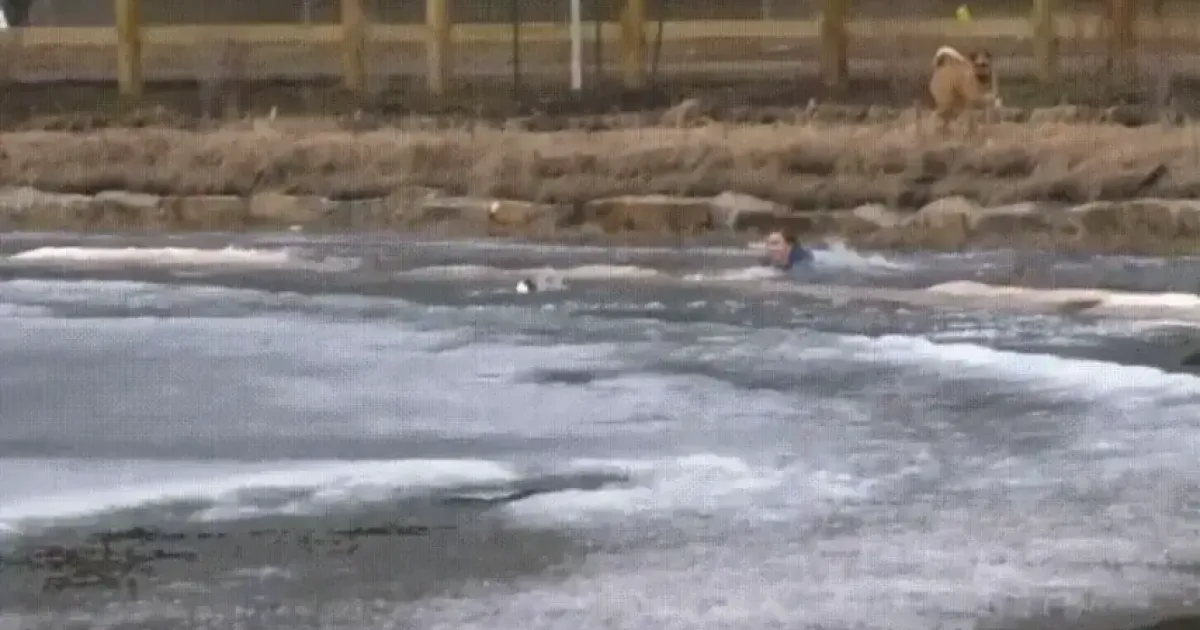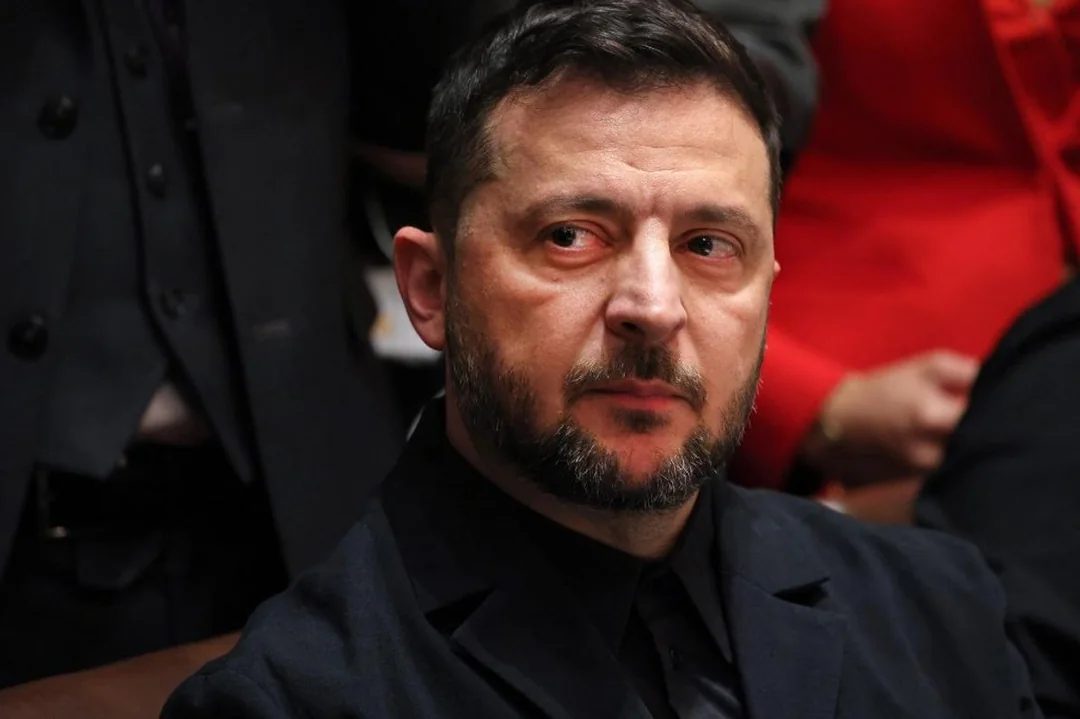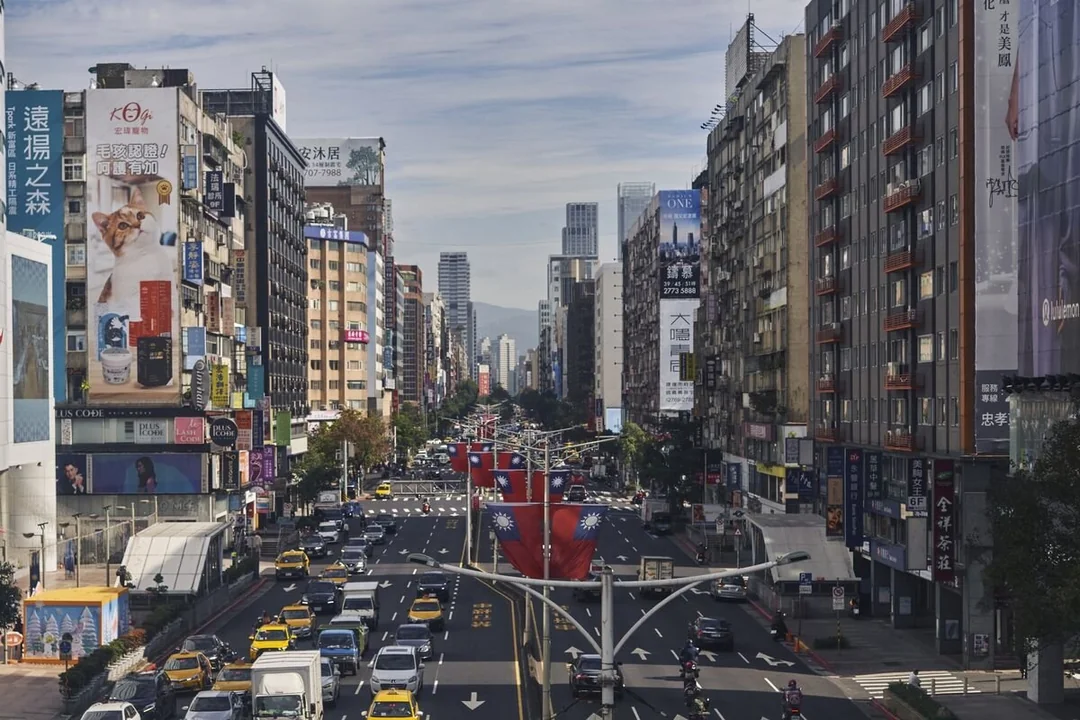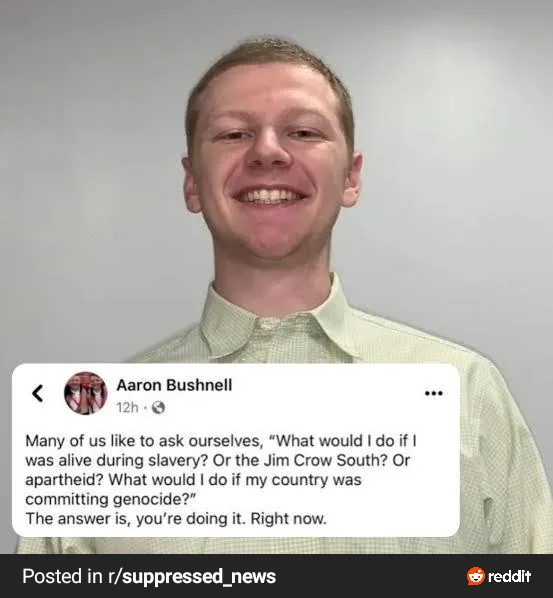
One year ago today, in protest against U.S. support for the genocide of Palestinians 25-year-old U.S. Air Force serviceman Aaron Bushnell.
Tragically ended his life by self-immolating outside the Israeli Embassy in Washington, D.C.
#EUA #Israel #Palestine #War #News #Protest
Read More...
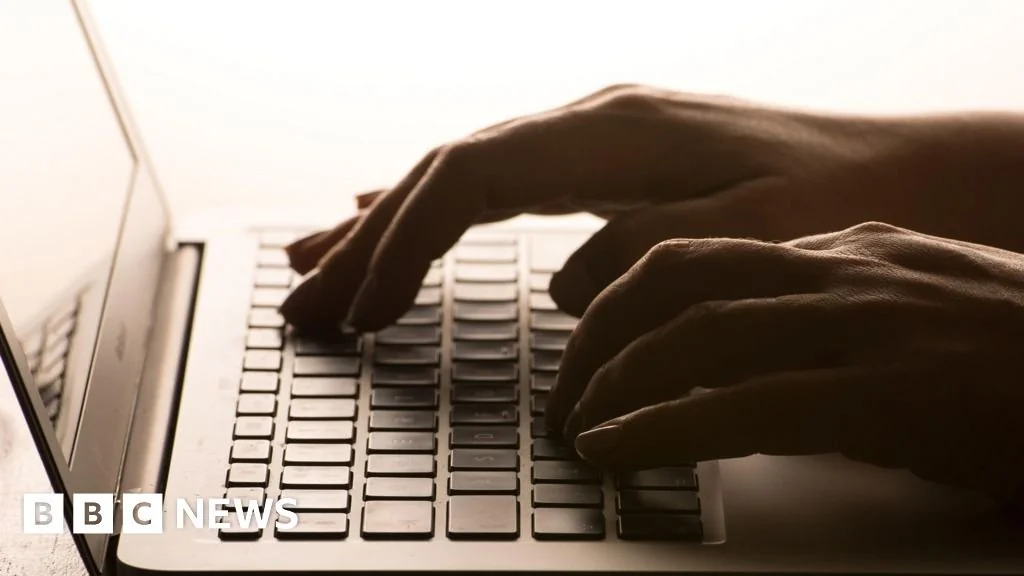
London mayor asks for donations to combat digital exclusion
The mayor of London is urging London businesses to help "digitally excluded" Londoners get online by donating unwanted mobile phones, laptops and other IT equipment.
Sir Sadiq Khan said he needed help to fix the digital divide and ensure access for all, and called for devices to be donated that are no longer needed.
#London #Awesome #News
Read More...

Easy Steps for Beginners, Using Gemini Browser. 😉👍
Easy Steps for Beginners, Using Gemini Browser. 😉👍
Langkah Mudah bagi Pemula, Menggunakan Browser Gemini
Dont forget/jangan lupa copies this important link
👇
gemini://maskugatiger.flounder.online/gemlog/maskugatreasure.gmi
We Must Prepared at The Endtimes Era's Now!!!
#freedom #palestine #palestina
#news #community #update #global #unite #revolution #GCSC #endtimes #prophecy #civilsociety #ww3 #GreatReset #bunker
Read More...
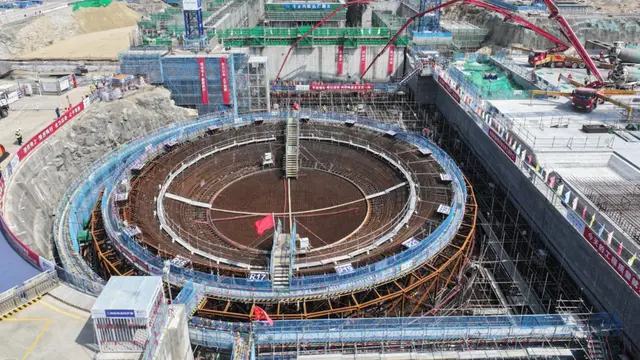
China begins building nuclear reactor with 52 billion kWh annual output
China has officially begun construction on its first nuclear reactor unit of the year with the pouring of first concrete at the Lufeng Nuclear Power Plant in Guangdong province.
#China #News #Nuclear #Reactor
Read More...
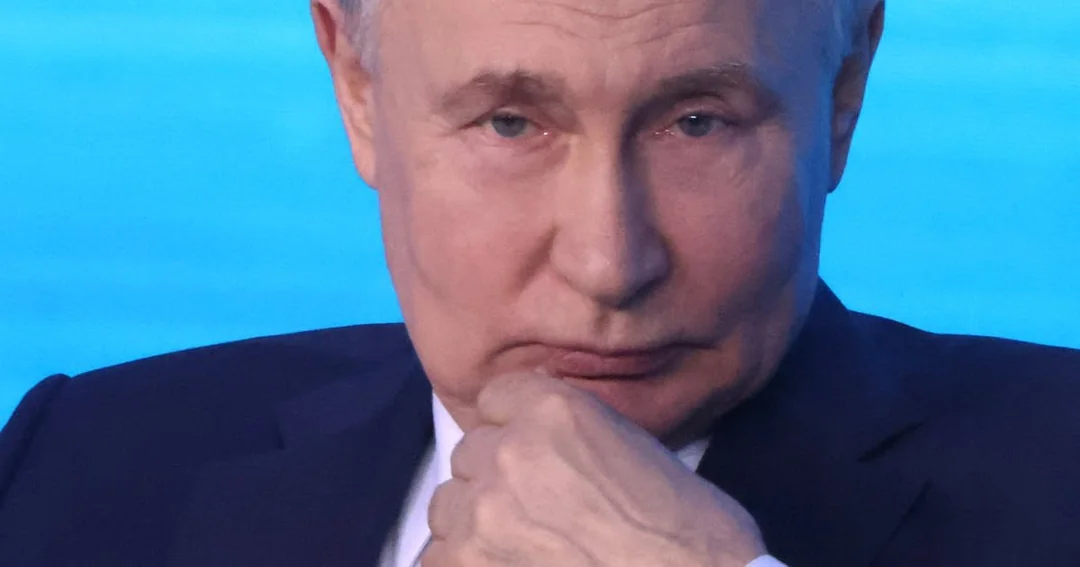
Vladimir Putin Dumps Cold Water on Trump’s Bragging About Ukraine
Despite Donald Trump’s boasting about peace talks, the Russian president just showed who’s really in control.
#VladimirPutin #Trump #News
Read More...
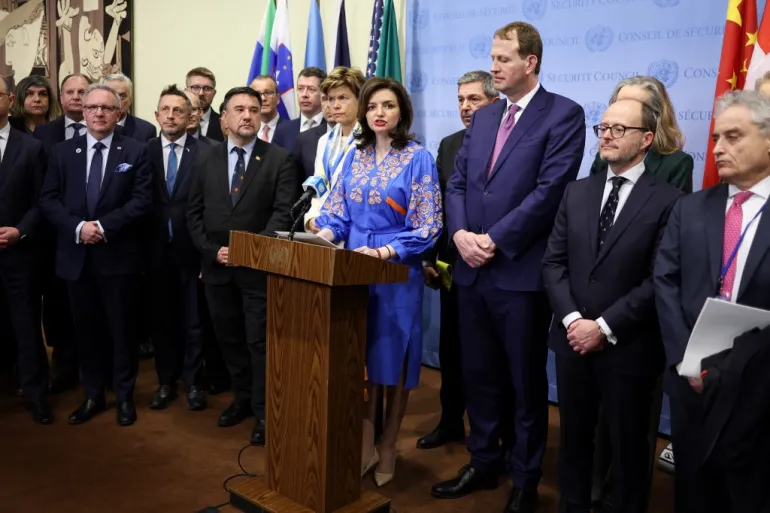
US aligns with Russia in UN vote on Ukraine
US support for Moscow resolution, rejection of EU’s, illustrates deepening division between Washington and allies.
#News #Aljazeera
Read More...
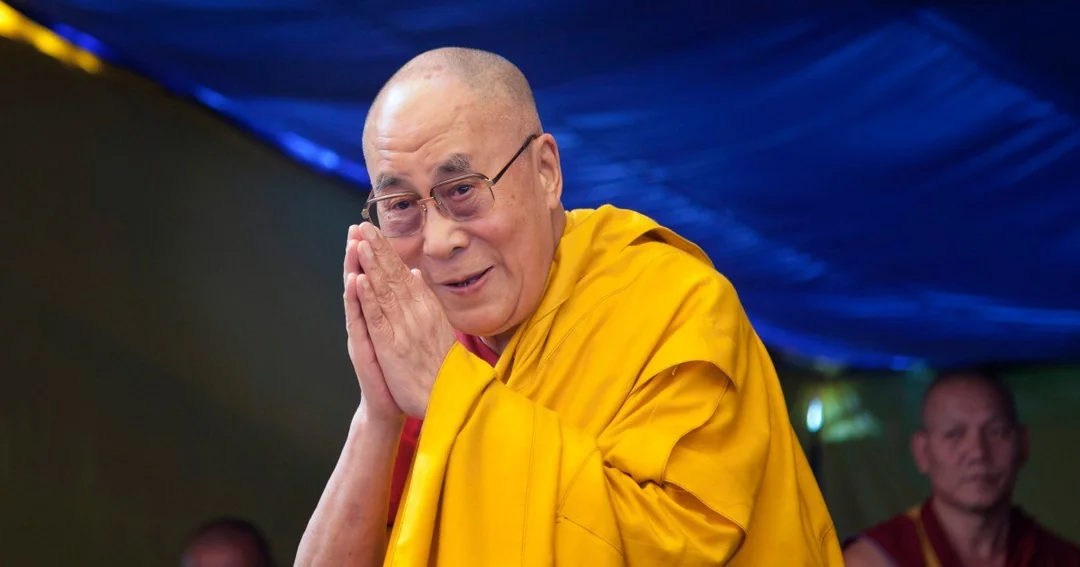
Dalai Lama says his successor to be born outside China
NEW DELHI — The Dalai Lama’s successor will be born outside China, the spiritual leader of Tibetan Buddhism says in a new book, raising the stakes in a dispute with Beijing over control of the Himalayan region he fled more than six decades ago.
Tibetans worldwide want the institution of the Dalai Lama to continue after the 89-year-old’s death, he writes in “Voice for the Voiceless,” which was reviewed by Reuters and is being released on Tuesday.
He had previously said the line of spiritual leaders might end with him.
His book marks the first time the Dalai Lama has specified that his successor would be born in the “free world,” which he describes as outside China. He has previously said only that he could reincarnate outside Tibet, possibly in India where he lives in exile.
“Since the purpose of a reincarnation is to carry on the work of the predecessor, the new Dalai Lama will be born in the free world so that the traditional mission of the Dalai Lama — that is, to be the voice for universal compassion, the spiritual leader of Tibetan Buddhism, and the symbol of Tibet embodying the aspirations of the Tibetan people — will continue,” the Dalai Lama writes.
Tenzin Gyatso, the 14th Dalai Lama, fled at the age of 23 to India with thousands of other Tibetans in 1959 after a failed uprising against the rule of Mao Zedong’s Communists.
Beijing insists it will choose his successor, but the Dalai Lama has said any successor named by China would not be respected.
#NBC #News #DalaiLama
Read More...
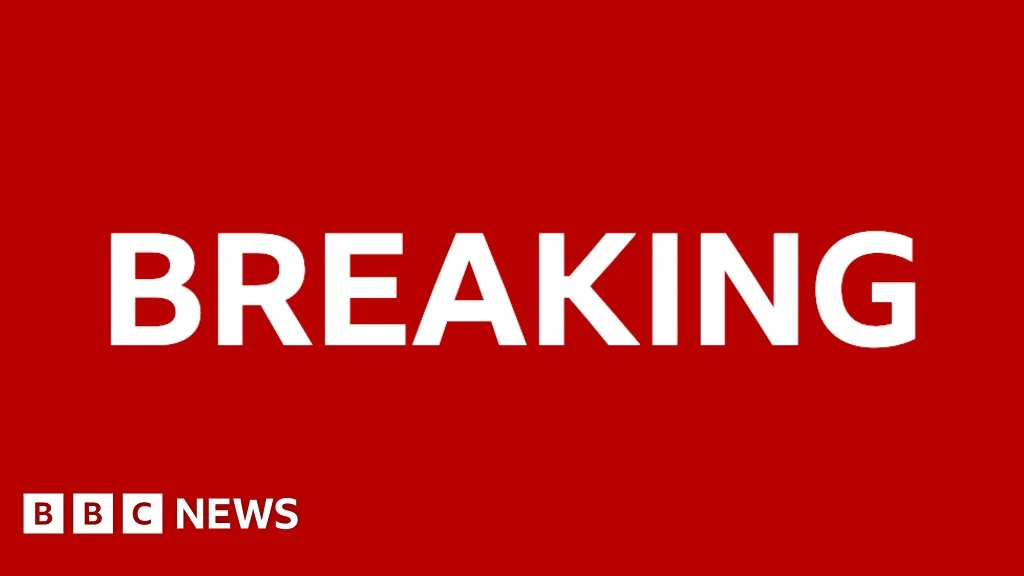
European stocks steady after US markets plunge
A sell-off in global shares eased in Europe on Tuesday following a sharp fall in US stocks that came as investors raised concerns about the negative economic impact of President Donald Trump's tariffs.
It followed the president saying in a TV interview that the world's biggest economy was in a "period of transition", when asked about suggestions of a potential recession.
Since those remarks were broadcast on Sunday, top Trump officials and advisers have sought to calm investor fears.
The US S&P 500 share index fell nearly 3% on Monday, but in Europe most of the major markets opened little changed.
#Europe #Stocks #US #BBC #News
Read More...
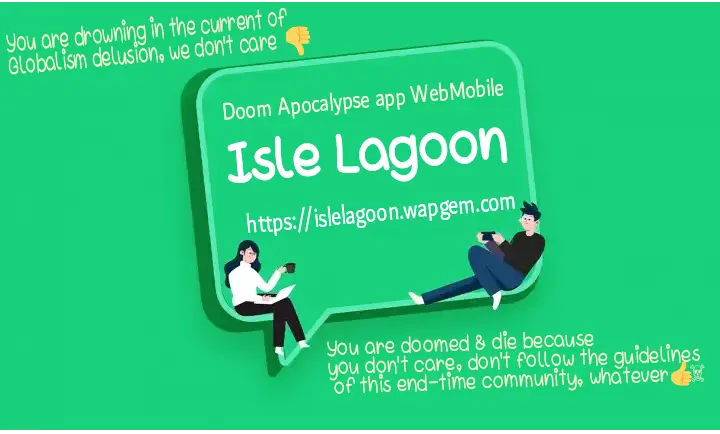
Who need Who?
Welcome to the End-time Era's
#news #community #update #global #unite #revolution #palestine #GCSC #endtimes #prophecy #civilsociety #ww3 #GreatReset #bunker
Read More...
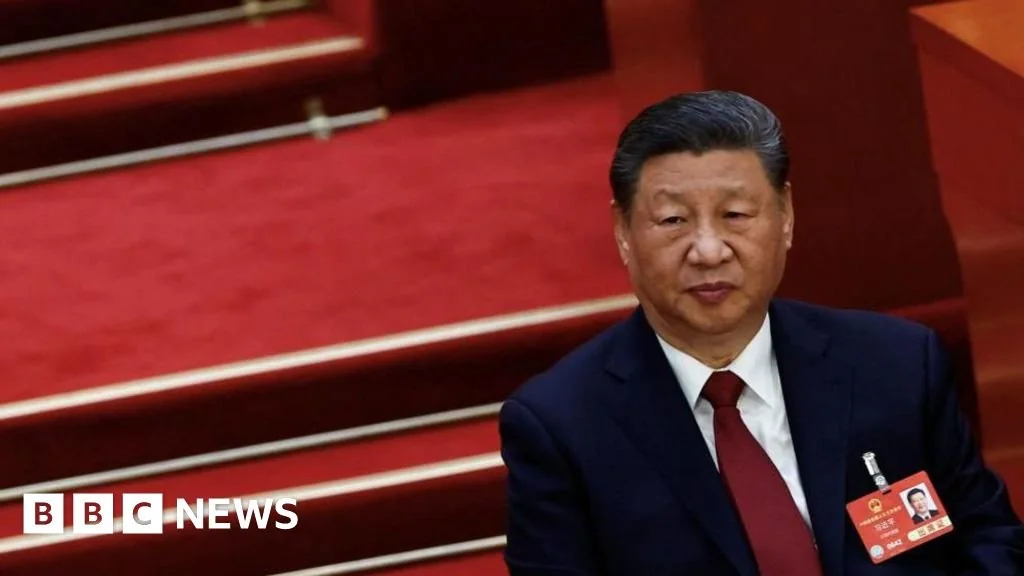
China says it is ready for 'any type of war' with US
China has warned the US it is ready to fight "any type" of war after hitting back against President Donald Trump's mounting trade tariffs.
The world's top two economies have edged closer to a trade war after Trump slapped more tariffs on all Chinese goods. China quickly retaliated imposing 10-15% tariffs on US farm products.
"If war is what the US wants, be it a tariff war, a trade war or any other type of war, we're ready to fight till the end," China's embassy said on X, reposting a line from a government statement on Tuesday.
It is some of the strongest rhetoric so far from China since Trump became president and comes as leaders gathered in Beijing for the annual National People's Congress.
On Wednesday, China's Premier Li Qiang announced that China would again boost its defence spending by 7.2% this year and warned that "changes unseen in a century were unfolding across the world at a faster pace." This increase was expected and matches the figure announced last year.
Leaders in Beijing are trying to send a message to people in China that they are confident the country's economy can grow, even with the threat of a trade war.
China has been keen to portray an image of being a stable, peaceful country in contrast to the US, which Beijing accuses of being embroiled in wars in the Middle East and Ukraine.
China may also hope to capitalise on Trump's actions relating to US allies such as Canada and Mexico, which have also been hit by tariffs, and will not want to ramp up the rhetoric too far to scare off potential new global partners.
#China #US #BBC #News
Read More...

Number of Canadians travelling to U.S. plummets amid threats
Canadians appeared to be abandoning road trips to the U.S. amid President Donald Trump’s sovereignty and economic threats to their country.
The number of Canadian-resident return trips by car from the U.S. plunged 23% from a year ago in February, marking the second straight month with a year-over-year decline, Statistics Canada reported Monday.
The annual drops in January and February were the first and second since March 2021.
#Canada #USA #News #NationalPost
Read More...

Now we will do focus about Endtimes & Prepared for its,also watched sign of Prophecy
Visit My Web, and Follow instructions & guides there.
#news #community #update #global #unite #revolution #palestine #GCSC #endtimes #prophecy #civilsociety #ww3 #GreatReset #bunker
Read More...
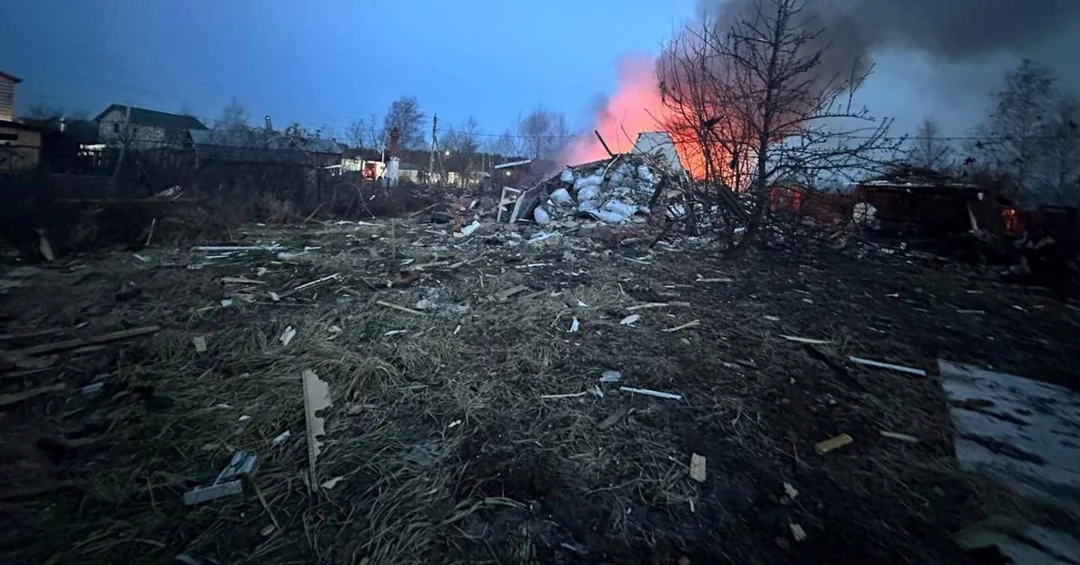
Ukraine's biggest drone attack on Moscow kills one, disrupts air and train transport
MOSCOW, March 11 (Reuters) - Ukraine on Tuesday launched its biggest ever drone attack on Moscow and the surrounding region, killing at least three employees of a meat warehouse, injuring 17 others and causing a short shutdown at the Russian capital's four airports, Russian officials said.
A total of 343 drones were downed over Russia, including 91 over Moscow region and 126 over the western region of Kursk where Ukrainian forces have been pulling back, as well as near the Kursk nuclear power plant, the defence ministry said.
#Russia #Ukraine #War #Reuters #News
Read More...

Warning news from the Shepherd at the End of Time!!!
We Must Prepared at The Endtimes Era's Now!!!
#freedom #palestine #palestina
#news #community #update #global #unite #revolution #GCSC #endtimes #prophecy #civilsociety #ww3 #GreatReset #bunker
Read More...
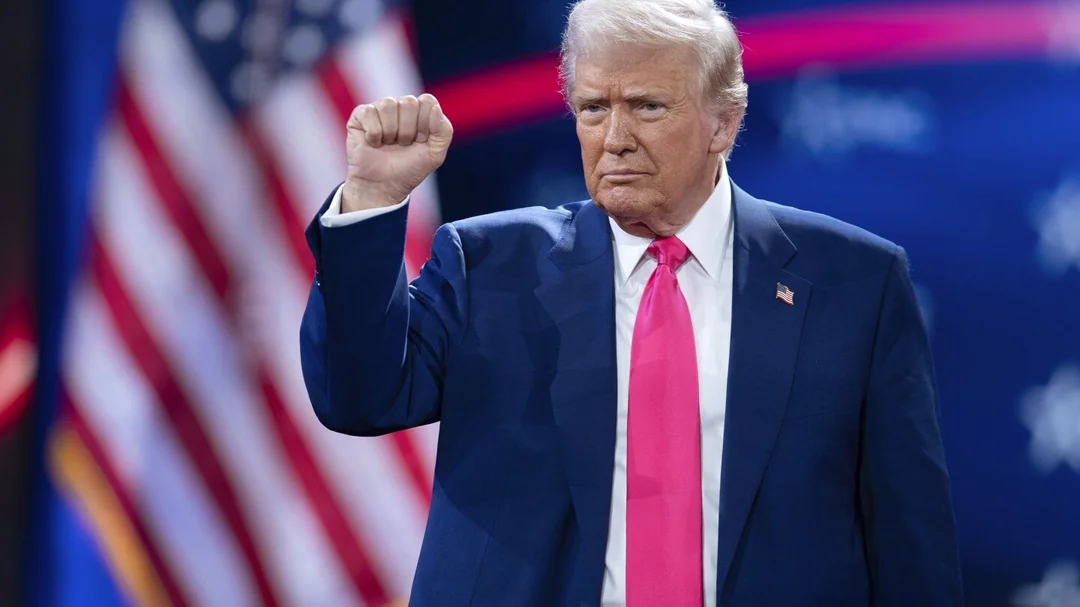
Trump moves to suspend security clearances of lawyers at DC law firm helping Jack Smith
President Donald Trump on Tuesday ordered the suspension of any security clearances held by lawyers at a prominent Washington law firm who provided legal services to special counsel Jack Smith, the latest move in the Republican’s campaign of retribution over the criminal investigations that dogged him before he returned to office.
Trump’s memo signed at the White House seeks to punish the law firm Covington & Burling days after it was revealed that the firm provided pro bono legal services to Smith, who charged Trump in two criminal cases that were later dismissed after Trump won back the presidency in November.
#US #News
Read More...
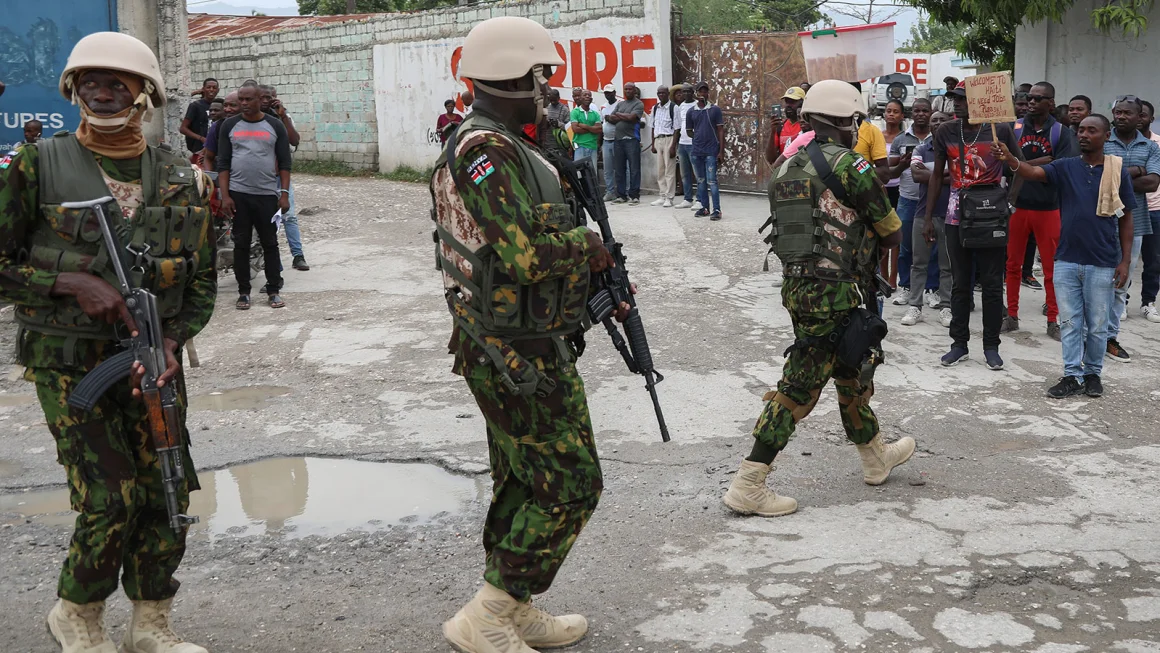
Kenyan police deployed to Haiti haven’t received full promised salary in two months
Hundreds of Kenyan police officers leading an international policing force in Haiti have not received their full pay for two months, the latest complication in what has been a rocky start to the security mission in the gang-plagued Caribbean nation.
The first Kenyan officers deployed to Haiti arrived in June, the vanguard of a multinational security support mission (MSS) that is being funded largely by the United States. There are now around 400 Kenyan police in the country, many from specialized units.
In an August 25 statement acknowledging delays to payments, the MSS announced that officers could expect the missing funds to hit their bank accounts this week.
“Therefore, there is nothing to worry about (regarding) welfare issues of the MSS officers, since mainstream processes have been finalized,” the MSS added.
In a “progress report” released Monday, Kenya’s National Police Service (NPS) said that the officers were continuing “to draw their NPS salaries” while waiting for the supplemental pay for their MSS duties.
Kenyan officers had expected to be paid a significant supplement for their Haiti deployment – a grueling assignment more typical of a military than of a police force. Officers are not allowed to leave their base in the Haitian capital Port-au-Prince during non-working hours.
Speaking to CNN, some officers expressed frustration and concern about the missing supplemental payments. With schools reopening in Kenya this week, some say they need the money urgently to manage school fees and other expenses for their families back home.
“The officers feel frustrated after not having been paid for two months. And we hear that the money has already been sent to Kenya but they haven’t paid us, so please help us out,” one officer in Haiti told CNN before the police statement was released, requesting anonymity.
The MSS force is expected to ultimately grow to 2,500, with more troops expected from Jamaica, Benin, Chad, the Bahamas, Bangladesh, Barbados and Belize. The force is hoped to bolster the Haitian National Police’s battles against an alliance of gangs that controls an estimated 85% of the Port-au-Prince metropolitan area.
Around 600,000 Haitians have been forced to flee their homes due to gang violence, and some 2 million people live in gang-ravaged areas where fear of attack is constant, Haitian interim Prime Minister Garry Conille said in an interview with CNN in early August.
The MSS is financed through a UN-managed trust fund, to which the US, Canada, France and Spain have contributed millions of dollars. The United States has committed at least $380 million overall in support of the mission, largely in the form of equipment and materiel.
Read More...
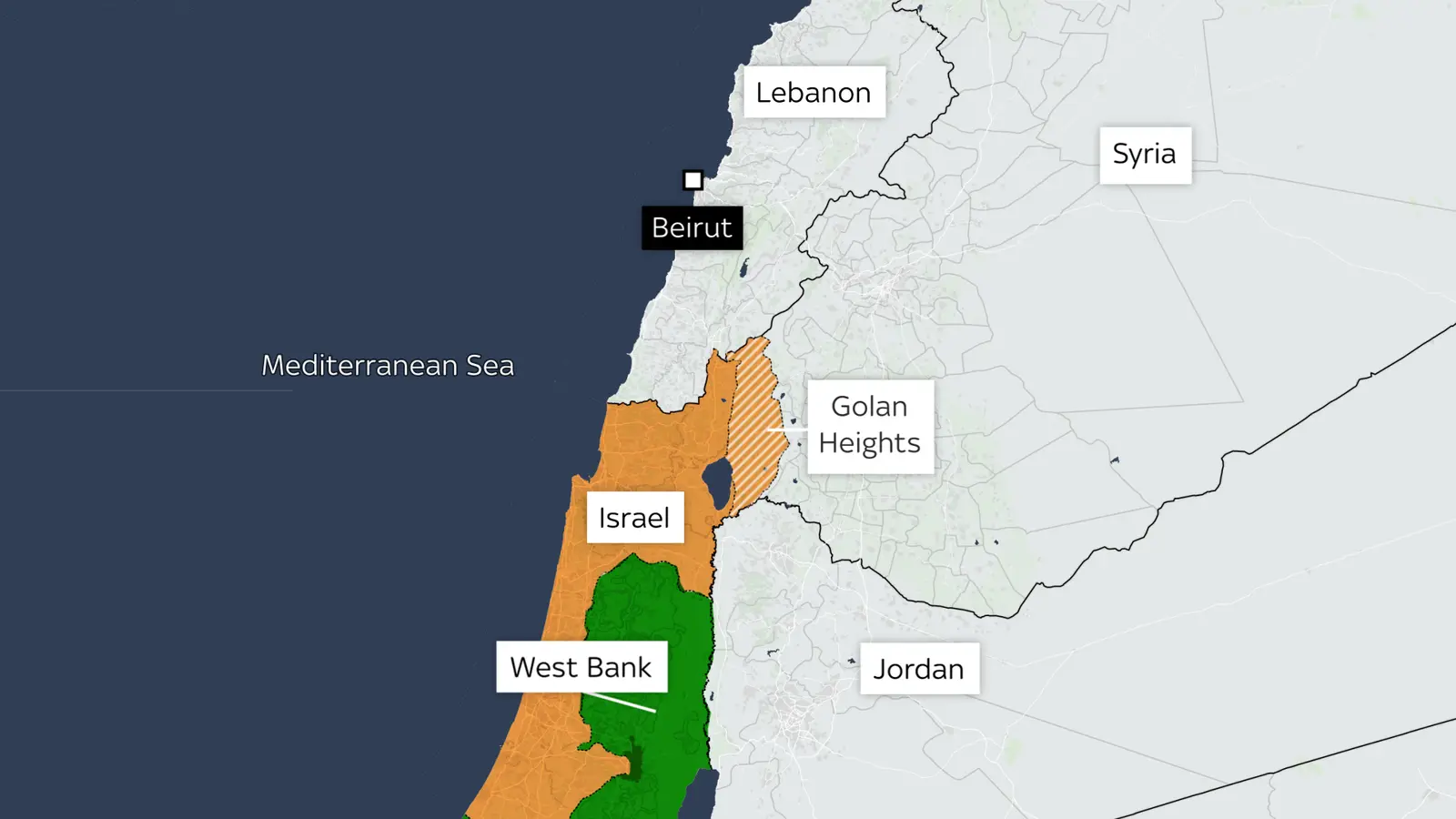
Israel will say it had no choice, but its airstrikes in Lebanon risks igniting a regional war
Israel carried out "pre-emptive" strikes against Hezbollah overnight, while the militant group says it has completed the "first phase" of an attack on 11 Israeli military sites.
This appears to have been a high-stakes Israeli military operation that risked igniting a regional war.
Israel will say it had no choice: One of the pillars of Israeli military doctrine has long been the principle that offence is the best form of defence.
It is not the first time it has used its air force hoping to defang an imminent threat. Israel insists it sent an armada of warplanes to the skies over Lebanon, more than a hundred strong, to stop an 'extensive planned attack involving thousands of rocket launches' about to be let loose by Hezbollah.
Just as Israel launched audacious air attacks obliterating Egyptian leader Gamal Abdel Nasser's air force in 1967 and Saddam Hussein's atomic programme in 1981, Israel says it despatched jets overnight to neutralise Hezbollah.
It is not clear how many enemy drones and missiles were already in the air. Hezbollah claims all 11 of its targets in Israel were hit and it launched 320 Katyusha rockets.
The primary strike it says was aimed at "a qualitative Israeli military target that will be announced later" as well as "enemy sites and barracks and Iron Dome [missile defence] platforms".
Israeli intelligence sources had claimed the airbase used in the strike on Shukr and the headquarters of Unit 8200, the Israeli military intelligence agency, north of Tel Aviv, were on Hezbollah's target list.
Advertisement
Hezbollah meanwhile says Israel's operation failed to pre-empt its long-awaited retaliation and insists it succeeded in striking targets deep within Israel.
Two questions for now: Hezbollah's next move and what this does to efforts to end the war in Gaza.
Will Hezbollah draw a line under the Shukr/Haniyeh affair? The organisation says today's action is over but is more planned in the coming days? All eyes are on its commander Hassan Nasrallah who will address his faithful by video link tonight.
He has not been seen in public since Hezbollah's war with Israel in 2006 for fear of being assassinated by Israeli jets himself.
Hezbollah attacked Israel in the wake of Hamas atrocities on 7 October and has been locked in an almost daily artillery duel with Israel over their border ever since.
Israeli intelligence claims Hezbollah has amassed an arsenal of 150,000 missiles secreted in the hills of southern Lebanon since 2006, 10 times the amount it possessed back then.
It has so far refrained from unleashing that firepower: Analysts believe its paymasters and patrons in Tehran prefer to keep that armoury in reserve as an insurance policy for the day Israel may attack Iran itself, as well as its alleged nuclear programme.
But Israel has been testing that theory for months now, responding with force to Hezbollah's attacks in the north. Each exchange of fire has the potential to escalate the region into a wider war through miscalculation and unintended mass civilian casualties.
So far, events overnight do not seem to have upended the fragile efforts towards a ceasefire in Gaza. Delegations are still on their way to Cairo for the next round of talks. If anything the escalation reemphasises the urgency behind the diplomacy.
But it could also offer the Israelis a distraction, should they want one, from huge pressure from the US to make the concessions required to reach a deal.
Most Israeli observers believe Israel's Prime Minister Benjamin Netanyahu does not want a ceasefire on the terms currently being negotiated for fear it could lead to his coalition government falling apart.
But US, Qatari and Egyptian mediators insist the truce terms are the best and possibly last chance of bringing home Israel's hostages and ending the war.
They also believe a ceasefire in Gaza is the best way of reducing tensions in the north - which have exploded overnight so spectacularly.
Read More...
